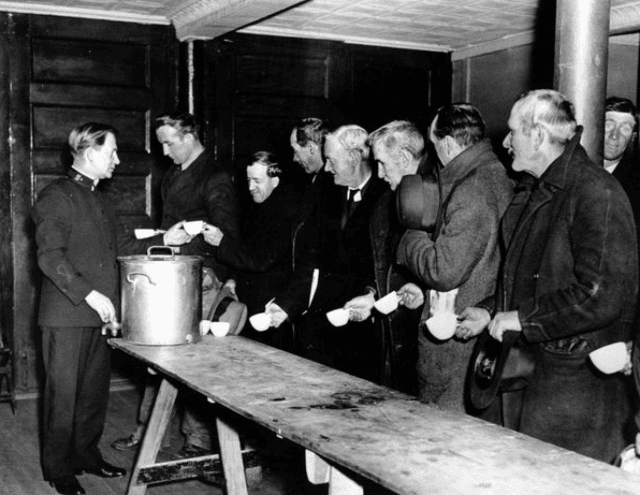White non-Hispanics will be a minority in the U.S. in 30 years, demographers say. There are four states, California, Texas, New Mexico and Hawaii, where tomorrow is a reality today. Statistics indicate that demographics are predictive of poverty levels. So, which states have less poverty?
There are two ways the federal government gauges poverty, the 50-year-old Official Poverty Measure and the new Supplemental Poverty Measure. The old poverty yardstick neither accounts for the cost of living from state-to-state, nor does it consider all government benefits, such as food stamps and housing vouchers. The U.S. Census Bureau’s new poverty measure is more comprehensive, even including work-related expenses and taxes.
The official poverty rate from 2011 to 2013 was 21.5 percent in New Mexico; 17.2 percent in Texas; 16.0 percent California; and 12.4 percent in Hawaii.
But things cost more in California and Hawaii—far more, much of which can be laid at the doorstep of liberal public policies such as restrictive zoning laws that drive up the cost of housing, burdensome regulations, and high taxes.
The Supplemental Poverty Measure counts these costs and tells a different story showing 23.4 percent of Californians in poverty—the nation’s highest rate—followed by 18.4 percent in Hawaii; 16 percent in New Mexico; and 15.9 percent in Texas, the same as the national average.
According to the Tax Foundation California’s state and local taxes were 52 percent higher than Texas’ as a share of state income in 2011; Hawaii’s taxes were 28 percent higher; New Mexico’s were 15 percent higher.
Proportionately, California had 47 percent more people in poverty per capita than Texas; Hawaii, 16 percent; and New Mexico, just under 1 percent more.
There are two competing poverty reduction concepts.
The longstanding liberal approach is to levy high, progressive taxes to redistribute wealth from the haves to the have-nots; implement large government programs to assist the poor; and meddle with housing markets, using government rules to force the construction of low income housing. This is the California model. Government statistics, which measure results, not intentions, indicate this method doesn’t work well.
The Texas model emphasizes work over welfare. Lower taxes, a lighter regulatory burden, and less restrictive zoning laws that allow builders to more adroitly meet housing market demands combine to generate jobs while keeping shelter more affordable for both the middle class and the working poor.
Several bills pending before the Legislature would strengthen the Texas model, making the American dream more accessible for all.
Leading the pack are the tax cut bills in both the House and the Senate. If enacted, permanent, broad-based tax reductions would stimulate the economy and boost employment, lifting more Texans out of poverty through the dignity of work.
A good education is one sure path to prosperity. Proposals to allow school choice in Texas or to authorize teachers to start their own charter schools would open the gates of opportunity for a wider array of Texans.
But government rules can discourage gainful employment.
Texas’ occupational licensing laws frequently serve more to protect existing businesses than public health and welfare. A statute that requires 1,500 hours of training to practice African hair braiding or touch up hair before a wedding photograph is one extreme example—1,500 hours, by the way, is the amount of training time needed to fly a commercial airliner! Bills are pending to relax these barriers to work and others like them.
Similarly, some Texans who committed one low-level offense, done their time, and stayed out of trouble, can still find it difficult to get work and provide for their families. There are bills in both houses that would expand nondisclosure for certain ex-offenders to increase their employment prospects by allowing those who have made a single mistake to have the record of the incident sealed, while still preserving access for law enforcement, prosecutors, schools, banks, and the like.
Strengthening the Texas model will further reduce poverty.
The Hon. Chuck DeVore is Vice President of Policy at the Texas Public Policy Foundation.

COMMENTS
Please let us know if you're having issues with commenting.